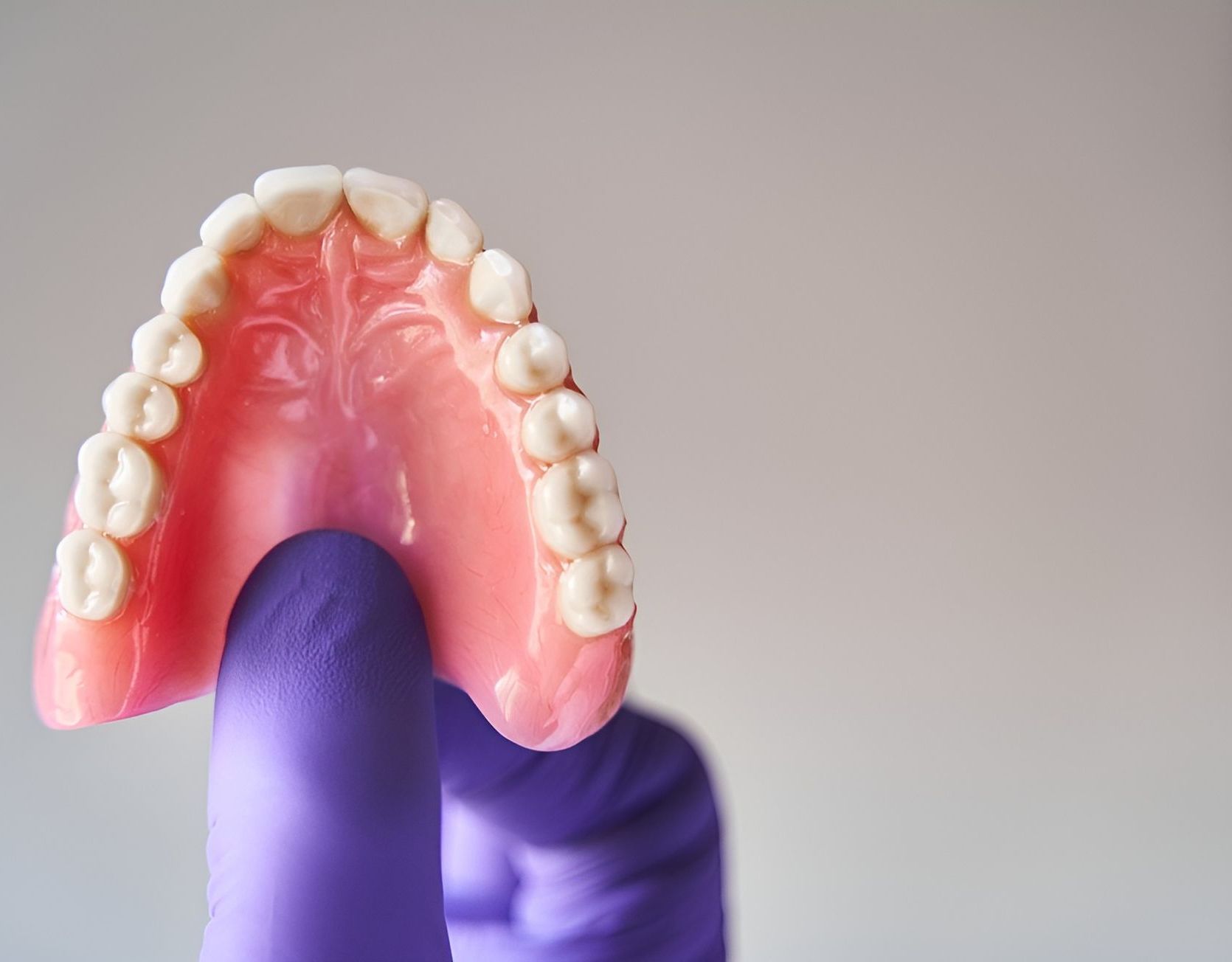Periodontics in Tweed Heads
Family Dental Services
Child-Friendly Environment
Conveniently Located
Serving Tweed, Coolangatta & Banora
What is Periodontics?
Periodontics focuses on the prevention, diagnosis and treatment of gum disease and the supporting structures of the teeth. At Tweed Banora Dental, we provide comprehensive periodontal care in Tweed Heads to help patients maintain healthy gums and prevent serious oral health issues.
Gum disease, if left untreated, can lead to tooth loss, bone damage, and other complications, making it essential to address early symptoms. Our periodontal treatments include scaling and root planing, gum surgery and maintenance programmes designed to restore gum health. By addressing the root causes of gum disease, periodontic treatments can help preserve the integrity of your teeth and overall oral health.
Book an appointment today for a range of treatments including
children's dentistry,
cosmetic dentistry,
crowns,
implants,
fillings, periodontics and
endodontics.
The Periodontal Treatment Process
Periodontal treatment is tailored to the severity of gum disease and can involve various non-surgical and surgical procedures.
- Consultation and Diagnosis: The process begins with a thorough examination of your gums, including probing the depth of gum pockets and taking X-rays to assess the extent of bone loss. This helps determine the best course of treatment based on the severity of the gum disease.
- Scaling and Root Planing: This non-surgical procedure involves cleaning the teeth and roots to remove plaque and tartar from below the gum line. Scaling helps smooth the tooth roots, making it more difficult for bacteria to accumulate and helping the gums reattach to the teeth.
- Antibiotic Treatment: In some cases, antibiotics may be prescribed to help control bacterial infection in the gums. These can be applied locally or taken orally, depending on the severity of the infection.
- Gum Surgery: For advanced cases of gum disease, surgical intervention may be required to remove damaged tissue and repair the gums. Procedures like flap surgery or bone grafting may be performed to restore the structure of the gums and bone.
- Ongoing Maintenance: After initial treatment, regular follow-up visits are essential to maintain gum health and monitor for signs of recurrence. This may include professional cleanings, re-assessment of gum pockets and continued use of antimicrobial treatments to prevent further disease progression.
Frequently Asked Questions
What are the signs of gum disease?
Gum disease often starts with mild symptoms that can be overlooked. Early signs include red, swollen, or bleeding gums, particularly when brushing or flossing. As the disease progresses, it can lead to gum recession, persistent bad breath, and even loose teeth. Regular check-ups can help detect early symptoms before they lead to more serious issues.
How is gum disease treated?
Gum disease treatment depends on the severity of the condition. In the early stages, non-surgical treatments like scaling and root planing can help remove plaque and tartar buildup. In more advanced cases, surgical procedures such as flap surgery or bone grafting may be necessary to restore gum and bone health. The treatment plan is customised to address the individual needs of each patient.
Can gum disease cause tooth loss?
Yes, if left untreated, gum disease can lead to tooth loss. As the disease progresses, it can cause the gums to recede and the supporting bone structure to deteriorate, weakening the teeth and leading to tooth mobility. Early treatment is essential to prevent this progression and preserve the natural teeth.






